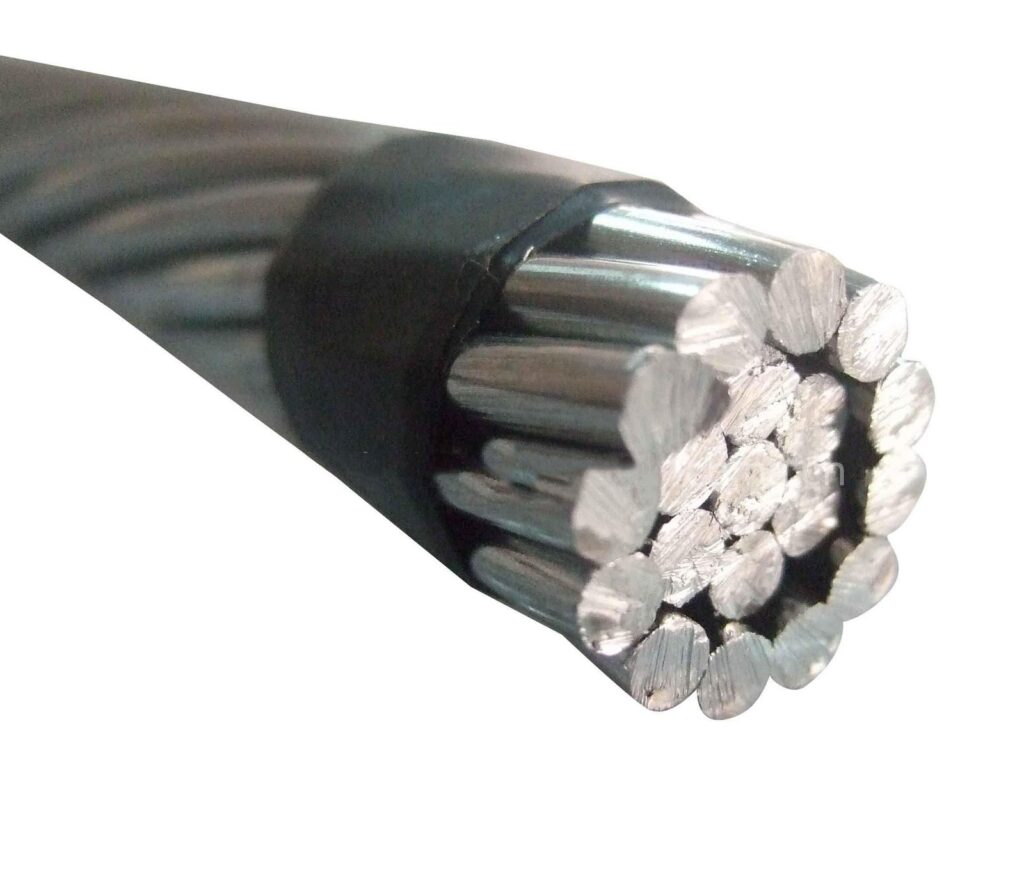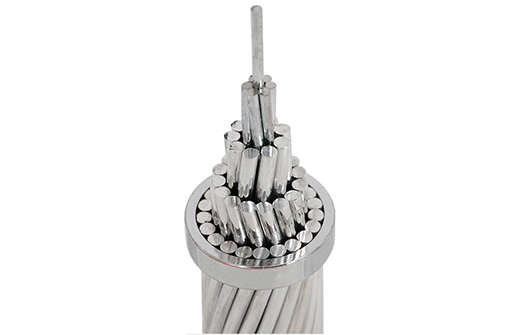XLPE cable is solid insulation, do not need complex oil filling system, do not need to detect oil level, control oil pressure, low operating cost;
XLPE cable without lead sheath, small bending radius, light weight, can produce, lay the length of longer, and in laying installation and transportation are simpler than oil cable;
XLPE submarine cable electrical and mechanical properties are better than oil – filled cable. Because of this, the development of XLPE insulated submarine cables has a broader prospect, but there are also many technical problems to be solved. Under the action of DC voltage, the space charge in the insulation of common crosslinked polyethylene cable will be concentrated in a certain place, which will cause the local field intensity to be too high and be broken down. The use of additives in insulation material can reduce the space charge accumulation in cable insulation and make the CROSSlinked polyethylene cable suitable for DC high voltage power supply. In 2002, the first extruded single-core DC submarine cable (light DC cable, ABB Sweden), with voltage ±150kV, length 40km and capacity of 330MW, was used to connect Long Island, New York with Connecticut, USA. This dc submarine cable is extruded into a unipolar cable by three layers of polymeric material, and extruded by both internal and external shielding layer and insulating layer at the same time. It has the advantages of high strength, environmental protection and easy burial, and is suitable for deep sea and other harsh environments.

Described.properties of dc insulation cable is in the highest voltage is 320 kv ac cable insulation equivalent capacitance increases with the increase of cable length, in the process of energy transfer, the equivalent capacitance and power between discharge but go around the charge, the charging current can achieve maximum and affect the normal active load transmission, so the communication cable has a theoretical limit of transmission distance, multiple sea-crossing engineering show that the range of about 40 km, more than the distance, adopting ac power transmission is not economical. The length of DC cable is not limited by charging current, no reactive power compensation device is needed, it is easy to manufacture and install, medium loss and conductor loss are small, and it has a good market prospect. However, many problems such as space charge accumulation mechanism and its suppression method, insulation aging mechanism under DC voltage, long-term stability of newly developed insulation materials, influence of partial discharge and so on remain to be studied and solved.

Generally, ultra-high voltage AC submarine cables are single-core, but three-core AC submarine cables can save the cost of production and laying, so the three-core XLPE AC submarine cables with large cross sections and high voltage classes are gradually being promoted. In 2008, nexen installed the world’s first three-core XLPE insulated submarine cable with a voltage of 245kV in Canada. Compared with XLPE cable (TG ≤0.0005), the dielectric loss tangent value tg and the dielectric constant are higher, but they are more protective against branch and partial discharge than the POLYETHYLENE cable, which is generally only used for submarine cables of medium voltage. To date, the highest grade of b-C rubber submarine cable is the 150kV submarine cable installed in Venezia Murano-Mestre, Italy, in 2001.
